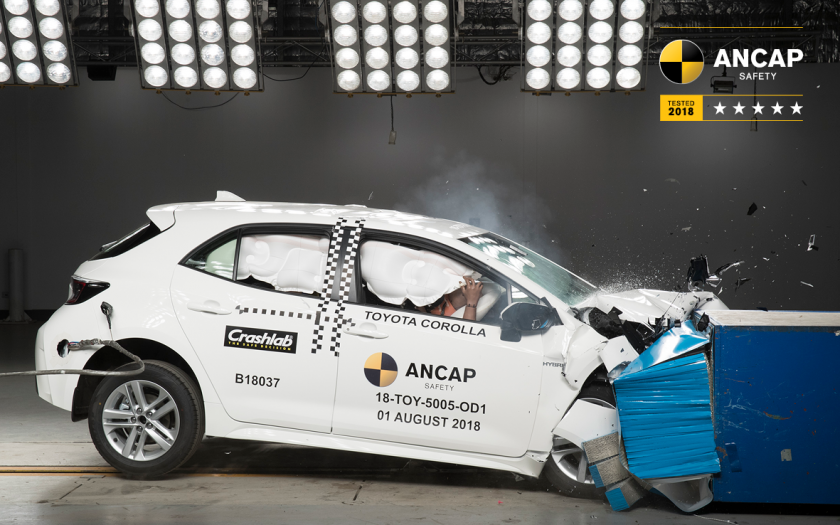BUYERS ARE INCREASINGLY focusing on the safety of their new cars and more than anything else, depend on the ANCAP star rating system.
Now it appears that the system may not be as transparent as it should be.
According to ANCAP chief executive James Goodwin, manufacturers are required to date stamp the crash results achieved by vehicles under the Australasian New Car Assessment program (ANCAP) independent testing protocols. However, many are ignoring the requirement.
Goodwin suggests that brands who fail to date stamp were “probably not” behaving ethically. At the very least, they are being devious.
The reason for the need to know when a car was tested is that ANCAP testing has become steadily more demanding year by year. The more recent the testing the safer the vehicle is judged to be. Cars that were assessed as five-star safety even a few years ago may not achieve the same rating today.
This has also caused confusion with used car buyers who buy a car with a five-star ANCAP rating, not realising that it was tested under less demanding standards.
For example, to achieve a five-star rating in 2018, a vehicle must be available with autonomous emergency braking and lane support systems such as lane keep assist.
There is also an issue with models that offer the vital safety equipment, but not on base models.
ANCAP has urged the Australian Competition and Consumer Commission to take action and issue mandatory guidelines.
(the use of the image of a Toyota Corolla being crash tested is not meant to imply that Toyota does not date stamp crash results – the Corolla scored highly across all four key areas when tested in 2018)
